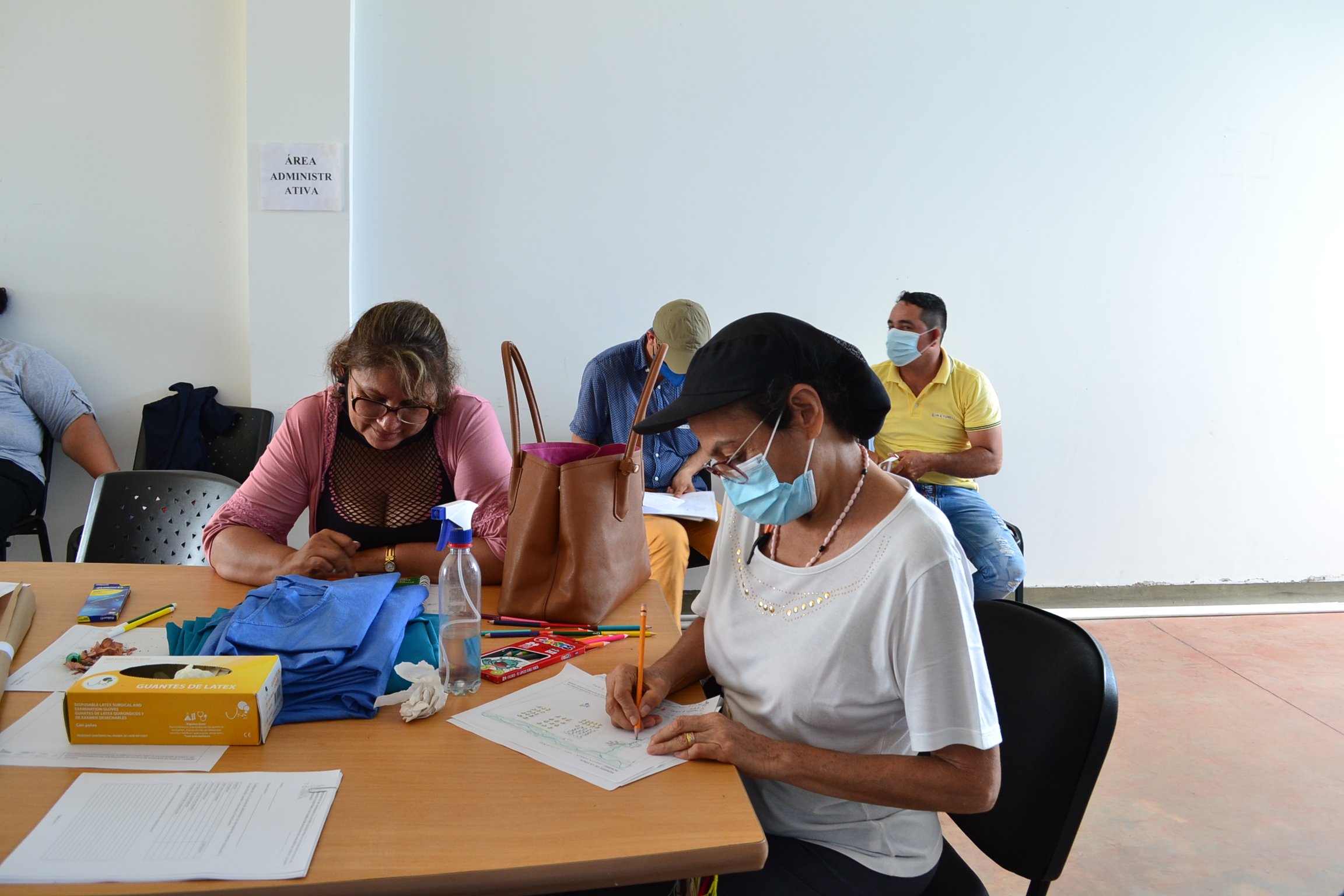Village Health and Conservation Teams (VHCTs)
CTPH has been implementing a successful community health and conservation model in BINP since 2006. Community health is implemented through Village Health Teams, a recognized Ministry of Health structure in Uganda who are trained as Village Health and Conservation Teams (VHCTs) to promote health together with conservation. VHCTs are local community volunteers who deliver integrated community based services to individual households to promote good health-seeking behaviour, hygiene practices, infectious disease prevention and control, family planning, nutrition; and conservation education. VHCT networks are sustained through group livestock income generating projects, which they reinvest into Village Saving and Loan Associations (VSLAs). CTPH focuses particularly on engaging women, both as VHCTs as well as during VHCT activities, as women are primarily responsible for their families’ health and wellbeing and are, therefore, in the best position to make positive changes for improved household health. As VHCTs, women have taken on a leadership role in the community, elevating their status and supporting improved gender balance.
CTPH successfully scaled up the VHCT and VSLA model from Kanungu to another district, Kisoro around BINP, home to the world’s endangered mountain gorillas.
- Community respect for, and trust in, CTPH
- Non-salary financial incentives help to sustain community volunteer efforts more sustainably
- Support from Ministry of Health enabled ‘piggy backing’ on existing VHT structures to incorporate both conservation and health issues
- Working through existing structures helps to increase sustainability
- Peer-to-peer behaviour change communication is an effective means of communicating key information in a context where communities are remote and literacy is low
- Household based health service delivery, including of family planning, supports greater uptake in remote settings where health service access is otherwise low
- Community volunteers gained respect and status of fellow community members
- Integrating health and conservation issues, in a One Health community-led peer education program, enabled maximisation of resources, providing savings in the long term.
